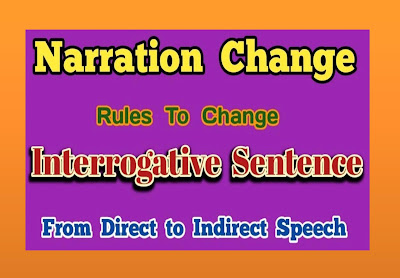Lesson Planning of Poems Subject English Grade 3rd
Lesson Planning of Poems
Subject English
Grade 3rd
Students` Learning Outcomes
- Write a simple poem using a list of rhyming words.
Information
for Teachers
- Recall the lesson on rhyming words.
- If two words end in the same sound they are called rhyming words.
- They are used in poetry to provide a musical effect.
- While teaching the lesson, the teacher should also consult the textbook at all steps where it is required.
Material
/ Resources
Writing
board, chalk / marker, duster, textbook, sample of nursery rhymes (attached at
the end of lesson plan)
Introduction
- Ask the students to think of any nursery rhymes they know.
- Ask the class to sing aloud a nursery rhyme that most of them or all of them know about.
- Ask them to recall / think of the rhyming words it has.
- Tell the class to think of and make different lists of rhyming words, for example: ‘at’ / ‘an’ / ‘ap’ / ‘un’ words.
- Ask the students to write a poem using any one out of the following series of words: ‘at’ / ‘an’/ ‘ap’ / ‘un’ etc. it is the list of same rhyming words created by them during ‘rhyming words’ lesson plan teaching.
- Suggest a few topics for writing their poems. For example: Rain, Cat, Sun etc.
Suggested Questions:
- What do you like about this rhyme / song?
- Have you noticed anything special about these rhymes? (Rhyming words, last words that have the same sound / matching sounds)
- When you write something that has rhyming words it is called a poem.
- Can you write a poem of your own? Allow students to work in groups to write a poem. Or ask them to work in pairs and develop a poem.
- They can also select a group of rhyming words from the word bank on the board.
Development
Activity
1
- Divide the class in small groups of 4-5 students. Or ask the students to work in pairs and create their own poems.
- Ask the students to write a poem on any one of the topic given below:
Rain, Sun, Cat
- Ask them to select one topic of their choice. (Teacher can give any other topic as well depending on students` choice.)
- Ask the student to write poems of minimum 4 lines.
- Ask them to check their work (edit) and re-write the poem neatly in notebooks.
- Ask one member from a few groups / pairs to read aloud their poems.
Sum
up / Conclusion
- Appreciate the students for their poems.
- Discuss with them the way they have used rhyming words. For example:
- What do you think about the rhyming words different pairs have used?
- Was it good?
- Which poem out of the ones read aloud did you like the most? Why?
- Which poem was having good rhyming words?
- Did you like the effect of the rhyming words in the poems you listened to?
- Illustrate the poem. (Draw and colour a picture according to the topic.)
- Display the poem in a special place, under the heading ‘YOUNG POETS OF THE CLASS’
- Find the exercise related to the topic in the textbook. Students must do this exercise in the notebook or on the textbook.
Assessment
- Assess students through their responses and written work.
- You
can ask them for formal assessment where they can be asked to give 4 to 5
rhyming words for ‘ell’ and ‘all’ words and then to write a poem on any of the
noun made from ‘ell’ or ‘all’ words.
‘ell’: bell, tell, cell, sell, fell, hell, well.
‘all’: ball, tall, call, mall, fall, hall, wall.
Follow
up
- Ask the students to: learn by heart, a poem from their textbooks.
- Write a four lines poem on any topic of their selves’ choice.
- Ask them to learn the poem that they have written in pairs / groups. They must learn it with actions of their own. Ask them to sing their poems with actions, in the next class.
- Allow them to present it by standing and facing the class. Appreciate the students for their performances.













Comments
Post a Comment